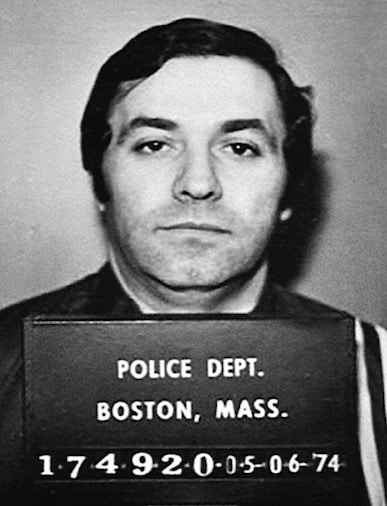Vestibular compensation is often referred to as central compensation. In the world of vestibular function, central generally refers to brain function, while peripheral generally refers to ear function. This is an important distinction because in many cases of peripheral or inner ear dysfunction, the injury to the inner ear may be permanent; however, the symptoms are not. Central compensation refers to the process by which the brain adapts to stable changes in inner ear function.
Stable inner ear dysfunction most often occurs as a result of vestibular neuritis/labyrinthitis, but can also occur from vestibular dysfunction related to Ménière’s disease or related treatments such as intra-tympanic gentamicin or vestibular nerve section. In these situations the responsiveness of the labyrinth may be permanently reduced.
The compensation process allows the patient to use any residual labyrinthine activity from the injured ear, the remaining labyrinthine function in the opposite ear, pre-programmed eye movements, and alternative sources of information such as vision and proprioception, to minimize functional deficits associated with vestibular hypofunction.
Normal Vestibular Function
In a normal functioning vestibular system, when the head is still, the discharge at the level of the vestibular nuclei is equal; therefore, the eyes are still when the head is still. Again, in a normal functioning vestibular system, when the head moves, the activity at the level of the vestibular nuclei changes. The right and left vestibular nuclei communicate with each other through commissural connections.
With any head movement there is an increase in discharge to the vestibular nuclei on one side, with a corresponding decrease in discharge on the opposite side. This transient movement related asymmetry triggers eye movements equal and opposite head movement, known as the vestibular ocular reflex (VOR).
Response to Injury
A sudden injury to the labyrinth such as a vestibular neuritis causes a sudden reduction in output from the affected side. This results in asymmetric discharge at the level of the vestibular nuclei even while the head is still. This is perceived as persistent motion, resulting in eye movements known as nystagmus.
Prolonged nystagmus creates a sensation of vertigo, leading to imbalance and nausea. Over a period of a few days, the brain responds to these symptoms with the process known as cerebellar clamp. This process involves dampening of the neural activity between the brain and the healthy inner ear, resulting in gradually reduced asymmetric input. This process is characterized by gradual reduction in intensity of vertigo and nystagmus over 24 to 72 hours following onset of the vestibular injury.
The initial cerebellar clamp process does not appear to be affected by exercise, but can be accelerated through the use of sedating medications. At this stage, medication such as meclizine or other anti-emetics can be helpful. Once the spontaneous nystagmus and nausea diminish, these same medications inhibit the natural recovery process and should be discontinued as soon as possible.
For a detailed review of this topic, see my six part blog on “Recovering from Vestibular Injuries” from 2015.
Dynamic Symptoms
Several days into the injury, the patient can typically sit comfortably with relatively stable vision as long as they are focused on a target and their head is still. This does not mean that the condition is resolved. The damage done to the injured year, along with the neural dampening on the healthy side, results in a shutdown of the entire vestibular ocular reflex. Symptomatically the patient will complain of visual instability with head movement. In the background, the brain is searching for reliable information to use for balance and orientation. Patients typically become overly dependent on visual or proprioceptive (tactile) feedback during this stage.
The goals of vestibular rehabilitation at this point are to improve the function of the vestibular ocular reflex allowing for improved visual stability with head movement, while at the same time working to minimize over reliance on visual and proprioceptive information for balance. Over a period of several weeks, visual stability and balance exercises can be made increasingly more difficult. This process can be performed on a home therapy basis, but is ideally supervised by physical therapy. Like any exercise program, no pain equals no gain. Depending on the severity of the vestibular injury and other factors, some symptoms may remain even after compensation has occurred.
It is important to keep in mind that in the setting of a permanent vestibular injury, the brain is being trained to compensate for the lack of labyrinthine information and is, in essence, “working overtime.” This can result in feeling easily fatigued after an active day. It is important that sedating medications be avoided and that the patient be well rested to optimize brain function and plasticity.
Once the compensation process is complete, it is a fragile and delicate existence. Decompensation (return of symptoms) can be triggered by fatigue, sedating medications or alcohol, and/or complex environments such as a busy grocery store.







